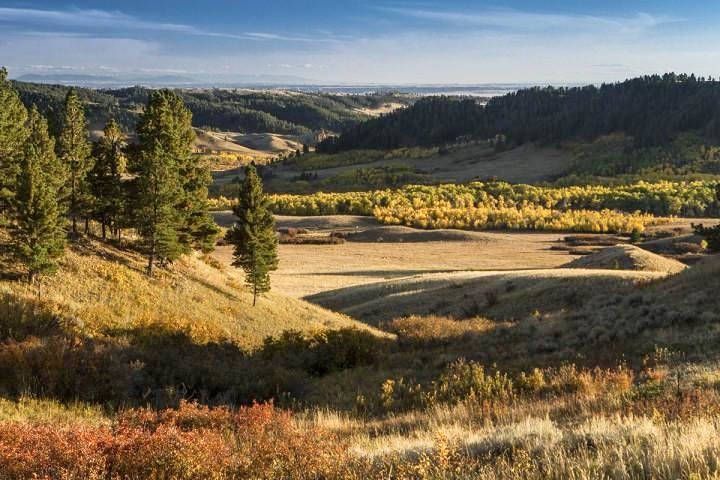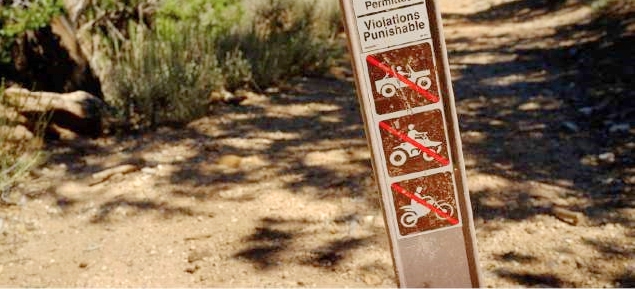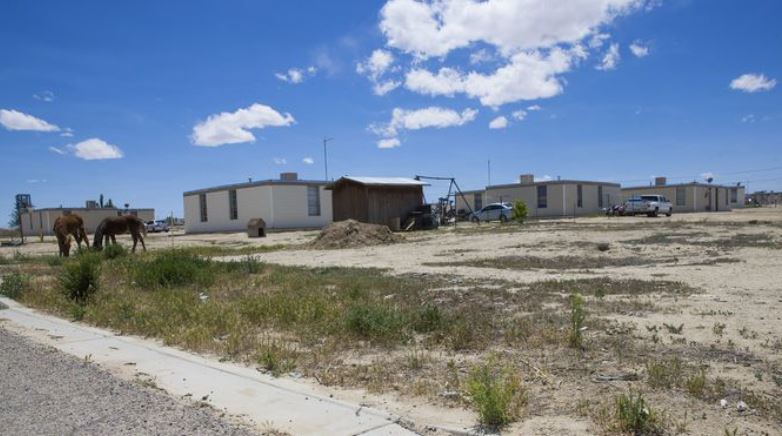This most recent part of the process began in 2015 when Montana gave the BLM a wish list identifying more parcels than was necessary to satisfy the debt, roughly 16,000 acres spread across Chouteau, Custer, Fallon, Hill, Prairie, Richland and Yellowstone counties.
Brett French
Part of 128-year-old BLM debt closer to settlement
Grazed and farmed federal land in north-central Montana proposed to be restored to native shortgrass prairie is being considered by the Bureau of Land Management for transfer to the state of Montana.
The 2,120 acres of BLM land, valued at $1.7 million, is next to Lonesome Lake, a prairie wetland about 10 miles northwest of Big Sandy. In its management plan for the area the BLM had identified the acreage for return to a native prairie to benefit wildlife in the area.
The BLM is also considering the transfer of 6.11 acres in Miles City, valued at $109,980, to the state. Details of the transfers are outlined in a recently released environmental assessment on which the BLM is taking public comment until May 22.
Enabling Act
The land transfers are being proposed because the BLM owes the state $4.1 million worth of land under the Enabling Act of 1889. The act admitted Montana, Washington, North Dakota and South Dakota to the Union and gave states sections 16 and 36 of each township.
The problem was that some of those lands had already been set aside for national parks or Indian reservations, so the BLM inherited a debt to the states to compensate them for those lands. Together the two parcels under consideration would satisfy more than $1.8 million of the $4.1 million debt.
If the proposed transfers were to go ahead, the BLM would still owe the state $2.27 million in land.
Negotiations
This most recent part of the process began in 2015 when Montana gave the BLM a wish list identifying more parcels than was necessary to satisfy the debt, roughly 16,000 acres spread across Chouteau, Custer, Fallon, Hill, Prairie, Richland and Yellowstone counties.
Rather than finalize the entire land deal, the BLM said in its environmental assessment that agency officials decided to conduct more analysis of the other lands the state proposed for transfer, citing “unresolved issues.” That means the agency won’t meet an agreed upon December target to settle the entire debt.
Those issues mainly relate to cultural reviews of lands for tribal artifacts, according to Jim Ledger, a BLM real estate specialist. The reviews could be done this summer on portions of 8,500 acres of BLM lands in Custer, Fallon, Prairie and Richland counties.
State requests
Officials at the Montana Department of Natural Resources and Conservation had identified lands that would best lend themselves to generating income. If transferred, grazing and lease rates would increase for the Lonesome Lake lands and current lessees would have to negotiate new agreements.
Grazing permittees would receive compensation from the BLM for any range improvements they had made, or they could retrieve any permanent improvements they had paid for and installed.
Lands were also identified that would provide access to other state parcels or that had recreation potential.
The land on the west side of Miles City doesn’t fit either of those categories, but it would save the state money that it is spending to lease the land for a fire-fighting cache. The property is close to other government offices as well as the fairgrounds.
Farther north
The Lonesome Lake-area property is split with 1,960 acres in Chouteau County and the other 160 in Hill County. The counties would lose some Payment In Lieu of Taxes from the BLM — the largest of which is a $4,600 annual payment to Chouteau County — but that may be offset by state Entitlement Share Payments.
The BLM land in north-central Montana is close to but does not abut the 17,800-acre Lonesome Lake prairie wetland complex, which has one of the highest concentrations of tepee rings in Montana and plays host to numerous migrating birds. Unlike like its neighboring acreage, most of the BLM lands selected for transfer have been previously cultivated (1,800 acres), according to the assessment.
The BLM land also includes 320 acres of native shortgrass prairie. According to a 2001 study by the Montana Natural Heritage Program in conjunction with the BLM, “During the last few decades, grassland nesting birds have shown consistently steeper population declines over a wider geographic area than any other group of North American bird species, and this alarming trend has been linked to loss of grassland habitat.”
“Restoration of native vegetation would result in long-term benefits to wildlife utilizing the Lonesome Lake area,” the assessment said.
The full EA is available online at the BLM’s ePlanning website: http://bit.ly/2dqd7rR.



